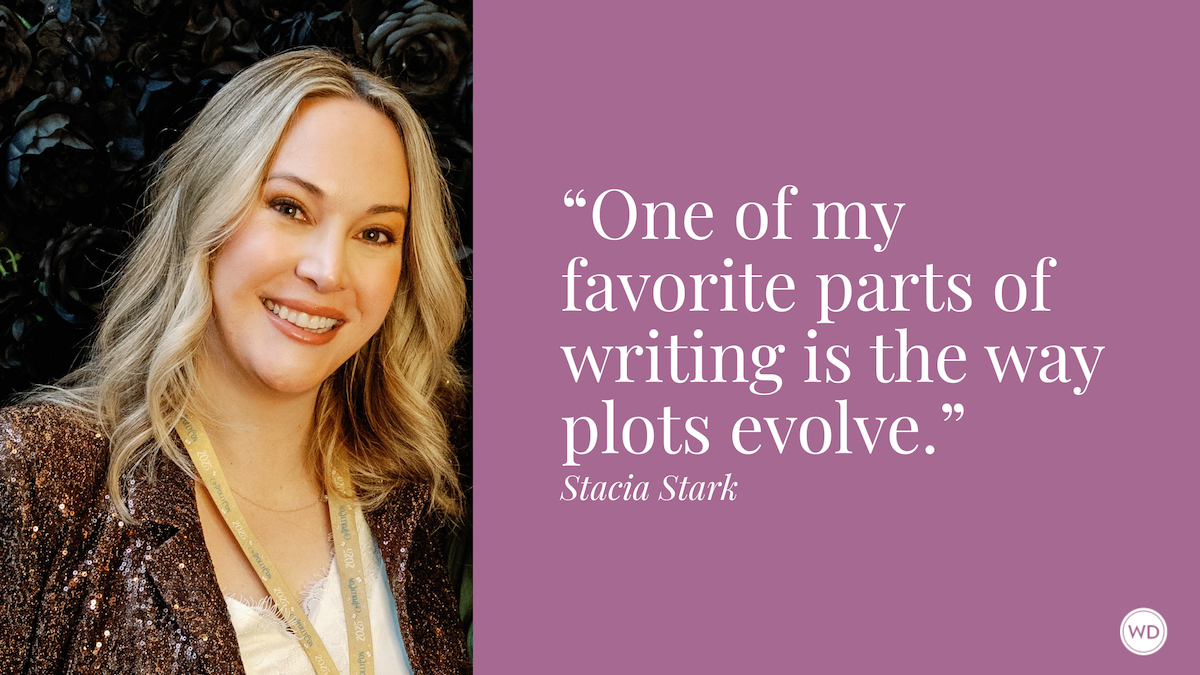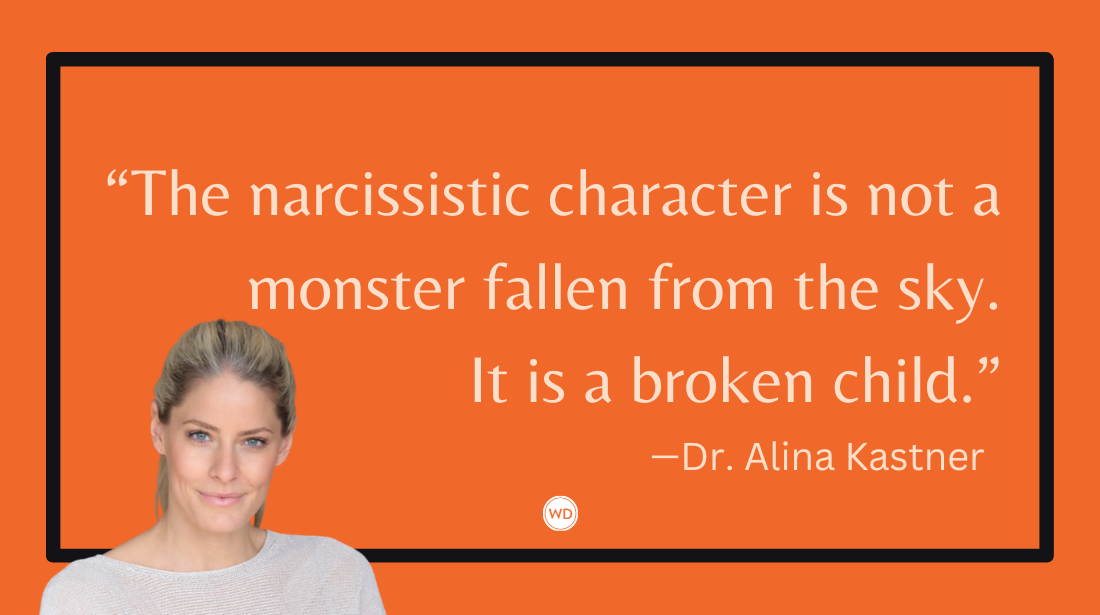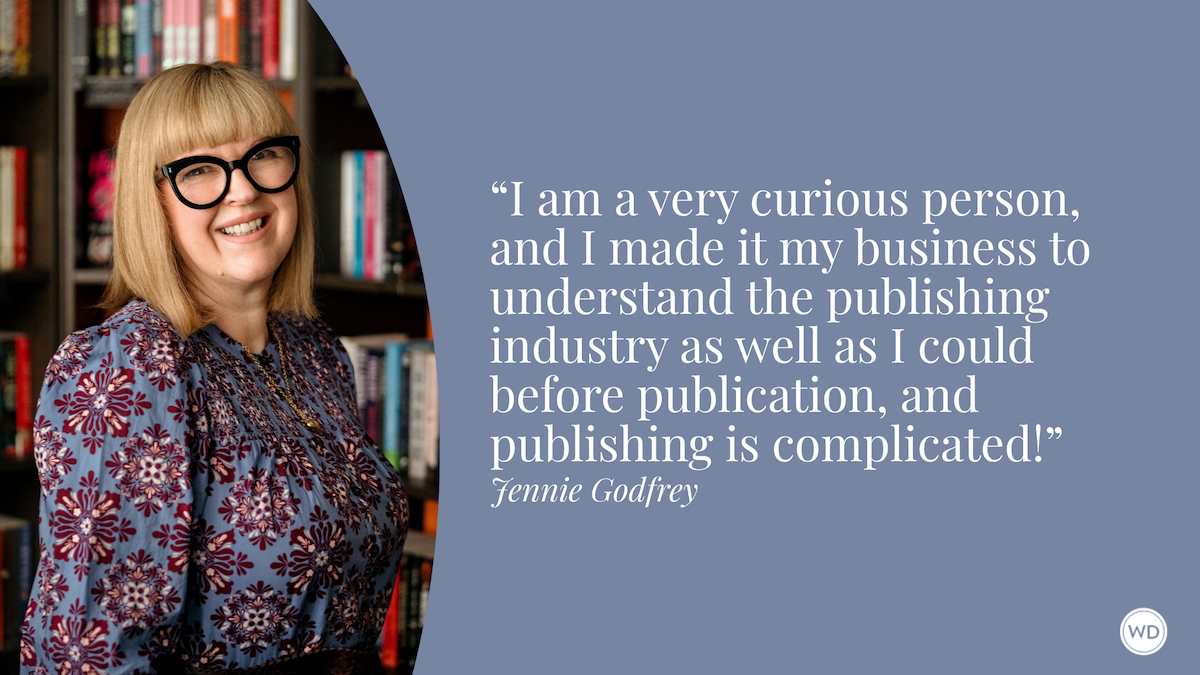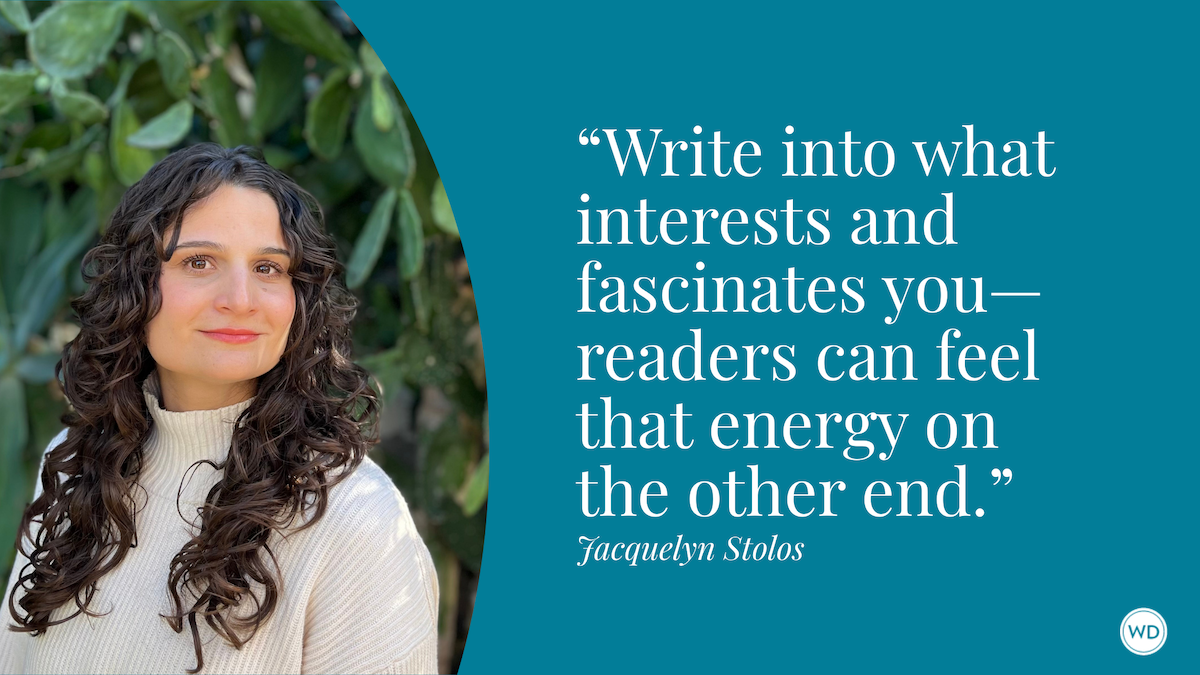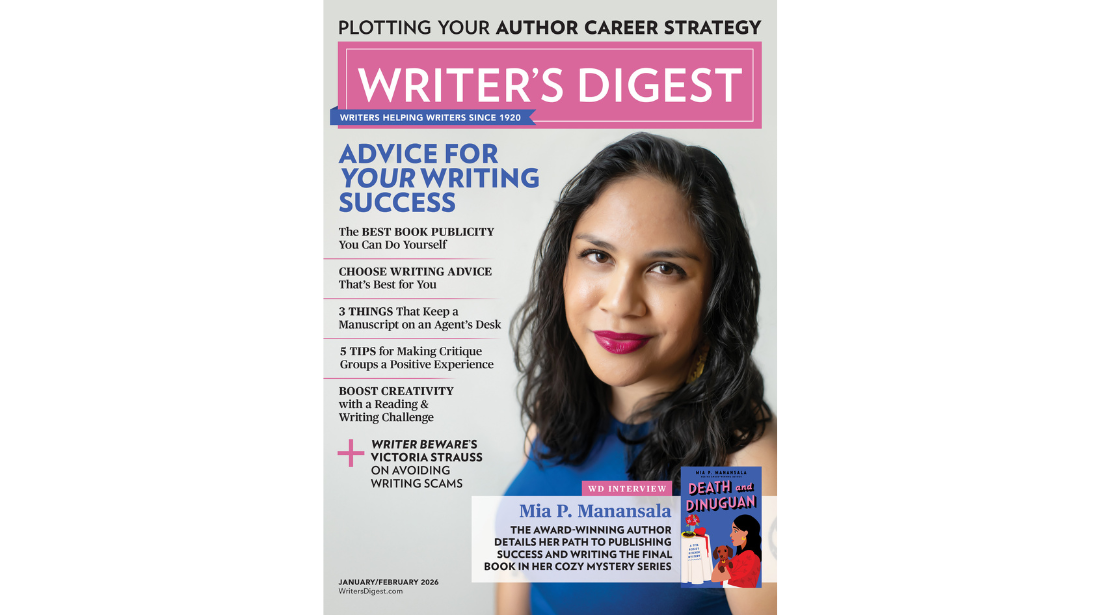8 Tips for Increasing Tension in Any Genre
Award-winning author Laura Resau shares her top eight tips for increasing tension in any genre and for any age group.
Let me be vulnerable for a moment. After a 20-year career as a young adult and middle grade author, I was starting to think I finally had this novel-writing thing down. But when my agent sent out my debut adult novel, The Alchemy of Flowers, there was a pattern in editors’ responses—the lack of tension, especially throughout the “sagging middle.” (Though tempted, I’ll avoid any metaphors involving my own middle-aged body.)
I was grateful when an editor at Harper Muse, Lizzie Poteet, invited me to revise and resubmit. I followed her excellent advice while doing my own deep dive into the topic. When she offered me a contract, I felt elated not just from the two-book deal, but also the knowledge I’d gained. Obstacles like this often push us to elevate our craft.
Here are the top eight insights I gleaned from my adventures in raising narrative tension. Since The Alchemy of Flowers is an upmarket fiction genre blend—weaving elements of magic, mystery, romance, horror, and thriller into a woman’s healing journey—I explored strategies from far and wide. No matter your genre, I hope these tips spark ideas for you.
1) Plant “Curiosity Seeds” and Clues
In early versions of The Alchemy of Flowers, my narrator showed her cards at the beginning, not leaving room to build readers’ curiosity. Realizing readers might feel bored, I revised to make sure they’re always asking small and large questions to keep the pages turning: How did Eloise end up in locked castle gardens in France? Why did she end her marriage? Her friendships? Her job?
Following the advice of agent CeCe Lyra, I sprinkled in “curiosity seeds” and clues that prompt readers to wonder and engage—then I let the seedlings grow into satisfying reveals. In your own story, how can you drop mentions of intriguing elements that you’ll explore later?
2) Create Mini-Mysteries Through Strategic Backstory
My editor helped me understand that Eloise’s big chunks of flashbacks were slowing down the narrative. She encouraged me to break these up and captivate readers by drip-feeding relevant bits of Eloise’s past—her infertility and losses, the strange job ad that led her to the gardens, her mystical divination ritual.
Think about your own work—can you parcel out backstory in ways that engage readers as they try to piece things together? Experiment with strategically revealing glimpses of the past that relate to events in the present. Invite readers to puzzle out the significance.
3) Foreshadow and Create an Intriguing Atmosphere
Setting and imagery are golden opportunities to increase tension. Let them be as multi-sensory and multi-purpose as possible. In the first quarter of The Alchemy of Flowers, I wanted Eloise to feel enchanted by the walled Gardens of Paradise as she bonds with new friends—but I needed to raise the tension to keep readers engaged. Still, I couldn’t let Eloise be too worried about the dark underbelly of paradise during her first weeks—otherwise, it wouldn’t make sense for her to stay. I had to figure out ways to make the reader feel worried, even as Eloise was enjoying herself.
Thanks to my editor’s suggestion to draw on horror story structure, I had Eloise notice vivid setting details like eerie goddess statues and poisonous flowers, which created an ominous atmosphere and hinted to readers that danger was around the bend. In your story, how can you add touches of foreshadowing that promise readers high-stakes excitement to come?
4) Externalize the Internal Conflicts
Show us the drama! In parts of my early drafts, the emotional conflicts were too interior, which lowered the tension and slowed the pace. I realized that by letting conflicts play out externally, readers would feel more engaged.
In my revision, Eloise voices her battling emotions through conversations and confrontations, creating a more high-energy dynamic. Think about slow, interior parts of your story, and play around with how your narrator might express these feelings to another character in a way that heightens tension.
5) Make the Stakes Clear, Big, and Escalating
Readers crave high stakes that keep rising. With my editor’s guidance, I clarified how Eloise’s internal and external stakes build to an urgent, life-and-death situation in the climax. In the beginning, her stakes involve succeeding in this gardening job in France, since she’s burned down her previous life. Her internal stakes grow as she opens herself to love and realizes she could emotionally lose her newfound family. Her external stakes escalate as she understands that she—and those she loves—could be in immediate physical danger.
Note that stakes don’t have to be life or death, depending on your genre. At one point, when I sensed the romantic stakes were sagging, I added a ticking clock element: Eloise’s love interest had to leave in one week. In your work, how can you clarify and raise internal and external stakes?
6) Increase Conflict, Distrust, and Secrets
In real life, I love when people get along, so I always have to remind myself that in stories, this dynamic is boring. In early drafts of The Alchemy of Flowers, despite the over-arching danger, Eloise and her co-workers were getting along swimmingly—their scenes lacked tension, conflict, and interest. In my revision, I layered in distrust and secrets among them, adding a sense of unease.
If there’s a relationship in your story that’s bobbing along peacefully, can you inject some conflict? For example, maybe the characters have opposing strategies for the same goal, creating frustrations, anger, or sorrow. If you’re using multiple points of view, you could strategically alternate narrators to highlight tensions.
7) Add Twists, Turns, Reveals, and Reversals
Predictability is your enemy! If you feel your narrative plodding along a well-worn path, ask yourself what unexpected turns your story might take. At my agent’s and editor’s encouragement, I added a near-death poisoning, an unexpected visit to the forbidden castle, a furtive spying adventure at the market, a dagger stabbed into a threatening note, a letter revealing a missing person, and a buried body.
I made sure that each of these incidents served multiple purposes—increasing tension, forwarding the plot, developing characters, and deepening relationships. My story’s twists have gothic and thriller overtones, but you can choose ones that fit your genre. What surprising yet believable events could you add to your story?
8) Use Cliffhangers and Tipping Dominoes
My editor suggested that whenever possible, I end each section and chapter on a cliffhanger, or at least a compelling question. During a late revision stage, I experimented with moving around chapter endings to maximize suspense. I also made sure that a series of cause-and-effect events continually reel in the reader.
Try going through your own story and brainstorming possible section endings. How can you emphasize the tipping dominoes and ratchet up suspense?
Final Thoughts
As writers, we aim to engage readers’ minds, hearts, and emotions through story—and keeping tension high is key to this mission. I invite you to read through your draft and note where tension sags, then have fun playing around with these strategies to see which ones your story needs. Keep readers hooked for the whole wild ride!
Check out Laura Resau's The Alchemy of Flowers here:
(WD uses affiliate links)




